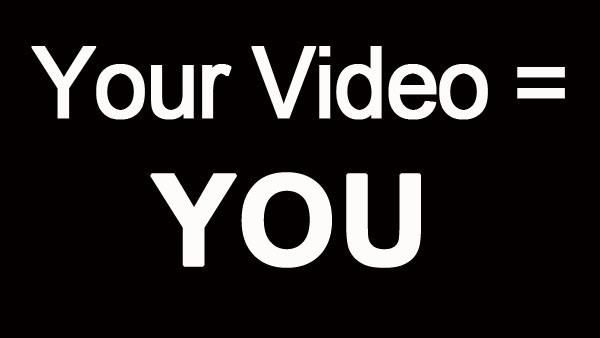Why do you pull out your never-worn suit for a job interview? Why do you make sure your fly isn’t open when you show up at your prom date’s door? And why are you always on your best behavior when you meet your in-laws for the first time (besides the fact that he’s an ex-cop and would like nothing more than to pistol-whip you)?
Because first impressions matter. And what’s true for a kid with bad acne fumbling in a backseat is just as true when it comes to brands. People always remember the first time.
The simple fact is that more and more brands are making their “first impression” with video on the web. They’re fledgling companies trying to do more with less resources. They’re rushing into the crowdfunding space raising money for everything imaginable. And they’re trying to set up their brands for big venture capital interest, in hopes of cashing a big paycheck. (And not the big novelty paychecks they give golfers for winning a tournament) Smaller brands can benefit from some of the thinking that big brands have used for decades.
The web has completely changed the way we “discover” brands. Mostly gone are the days of huge companies with massive advertising budgets pushing their brands to the audience. Instead, brands find themselves “seeding” to a much smaller audience, and depending on that audience to “pull” more fans into their world.
But even smaller brands taking this new road can benefit from some of the thinking that big brands have used for decades. It makes these up-and-comers “feel” smarter.
Connect w/ Emotion
First, forget about benefits. They may be what you want to sell, but they’re not what the audience buys into. How that benefit translates into an emotional consumer insight is much more powerful. A good example would be something like deodorant. “It lasts longer” might be a benefit, but what does that mean to the audience? It means they can do all the crazy shit they love without worrying about smelling like an open trench.
Target, Don’t Broadcast
Next, focus in on the audience you want to “move.” There’s nothing worse than asking a client who they think their audience is and hearing them say, “it’s men and women, aged 18-49, who use the Internet.” That pretty much includes everyone except the Amish. It’s too broad. If you want to deliver a motivating message to a core group of “influencers,” that message needs to be tightly-wrapped and smartly-delivered. They need to feel like it’s “for them,” and not just a generic missive to every mouth-breather with a pulse.
What moves your audience?
Finally, never forget that what’s important to you may not mean a damn thing to your audience. You might think that what’s going to move the needle is one thing, but your audience might really be looking for some other message. So talk to your audience. Find a core group of people you can reach out to for guidance, and listen to them. You don’t need to spend a bunch of money on focus groups or traditional research, but smart brands are ones that listen to what their audience says they want, and then give them exactly that, and then some. Be smart.
Listen, the Internet is forever. What goes there is preserved for digital eternity. When it comes to your brand, make sure that what you’re putting out there is smart enough to be worth that time.
